Immersive experience, virtual reality and contemporary art
The experience is nowdays one of the most widespread commodity, both inside and outside the world of art. We often give to friends and relatives gift boxes that promise relaxing moments, cozy dinners, tastings; all of us desire to go for adventurous trips in faraway and hard-to-reach destinations of which we strive for posting them on social networks, sharing selfies and stories. We were there, in that unrepeatible space and time: a unique experience. This way the witness of our living becomes the living itself through the media technology provides us.
A pradimatic example is Airbnb: often at unaffordable prices, you can do different activities aroud the mere experience of the planned travel. From a domestic situation in wich you can prepare your own lasagna with your grandmother from Bologna to an adventurous camping on trees in Costa Rica, each moment could be unrepeatable.
Even advertisement is no strager to the mechanism of experience: strarting from the world-famous Coca-Cola’s claim: “Taste the Feeling”, to Müller’s “The most Müllerlicious ever”, to get to “No Martini. No Party”, tv commercials constantly underline the importance of being there, of getting involved, of being protagonists along with the product sold. Not even the artistic experience turns away from this logic: visiting an exhibition or a museum reprents an act of consumption to share. The exhibition experience has become more and more a common method, known to the public. The Klimt experience, the Caravaggio Experience or the Van Gogh Experience, to name just a few, have often been hosted by relevant institutions, gaining a huge success. This kind of exhibition are characterized by the presence of gigantic digital screens which reproduce work of art twisting their dimensions and animating some of their components. Visitors, usually in front a pretty expensive cost, they find themselves thrown in dark rooms, permeated by strong smell, high volume music, 3D reconstructions of places dear to the artist. Is then proposed a multisensorial simulation thanks to which is possible to directly plunge not only inside the work of Van Gogh, Caravaggio and Klimt, but also into the world in which they lived. It is considered, this way, to educate about the art and culture in an intriguing and amusing way, satisfying at the same time the need of entretainment and the need of intellectual growth of the public, along with the pleasant collateral effect of reaching considerable receipts.
However, most of the times the knowledge of the works, which are not present, is substituted by the sensationalism of a set of invasive sensorial imputs that confuse the visitor rather than giving information in a more direct and productive way.
The result is a general obtuseness of the sense, which doesn’t give any space for thinking and stuns as an exhausting shopping session through the halls of Abercrombie & Fitch or Stradivarius. Moreover, for the weathyest, the art can be enjoyed in an immersive and pervasive way with even more exclusive modalities. An example is the Hauser & Wirth headquarters in the british coutryside of Somerset. A ruined ancient hamlet has been restored so that, in addition to the space of the gallery it can also host an hotel, furnished with artworks and precious antiques and crafts, a restaurant and a shop dedicated to art and publishing related to this specific field.
Everything here, from architecture to the menu, even the stairs are a work created by an artist; the structure also is a space for workshops and lectures open to adults and children. What the customer pay for are richness and wellnes, both concrete and figurative, of a particular life-style. In conclusion: an experience. In a similar context, the work of art take over the function of a mere frame, able to make us feel comfortable.
As this second issue explains, the problem has nothing to do with the technology used in the creation of an environment, expository or not, but with the fact that what is sold doesn’t offer an aesthetic and valuable experience, as it doesn’t convey any meaning. Blaming on the model of exhibitions or experience-events shouldn’t correspond with the rejection of digital technology and virtual reality beneath the artistic practice. At a closer look, infact, our experience of the world is itself an immersive experience as we are completely surrounded by the environment we live in. The immersivity and the attention to the bodily dimension of the experience-exhibition are not the evil themselves. Not surprisingly, since the origins of artistic production, there have been numerous attempts to create immersive environments, from cave paintings to 3D films. The arrival of virtual reality has stimulated a strong acceleration in this sense: considering its first definition, drawn up by Jarnor Lanier in 1989, virtual reality consist of a three-dimensional, interactive space generated by a computer, in which the visitor can immerse himself firsthand. Virtual immersive environments stike for the strong sense of reality they are able to lead us thanks to the use of VR headsets, goggles, the CAVE (a room whose walls are big screens on wich a 3D environment is projected) or simulators (Riva, Gaggioli 2019). This kid of technology works stimulating the perceptive attention to the virtual space in which we move into e allows the exploration of simulation of possible situations that activate our imagination.
Within the field philosophy as well as that of cognitive science, several studies have shown that our brain is a biological device of simulation, which projects predictive schemes on the environment in function of the previous experience, in order to assess the possibilities both positive and negative generated by the objects and our actions inside it (Rizzolatti, Sinigaglia 2006). The bodily experience of the environment plays a fundamental role in formation of cognition and allows the acquisition of a knowledge which is hard to forget (Riva, Gaggioli 2019). By exploiting similar mechanisms to those used by our mind, virtual reality can get learning to a motor-perceptive level that allows us to modify or extend our mindset about the world. Ultimately, digital technology can be fruitfully used in a creative and self-conscious way to create works otherwise unattainable with other media. Animating the celestial vault of Van Gogh’s The starry night, as the painting gets closer and moves back on the screens in front of us, it will hardly give the real bodily experience back which the artist’s brushstrokes are able to arouse in a face-to-face experience with the viewer. This way the dimentions of the canvas are completely lost, as well as the quality of the gesture, the shades of colours: it is difficult to define it as an art exhibition. In this sense, also the informative and educational value of these events is at isssue: artworks are shown as digital wallpaper, which impress for its tricks but doesn’t ask, and doesnt’allow us to analyze in detail the characteristics of the works. Instead of let us imagine a smell or a sound from what we see, the room is filled with noises and sensational effluvia, playing the role of the viewer on his behalf.
Disregard is also a consequence of a luxury stay as the one organized by Hauser & Wirth in Somerset. The work of art produce meanings that need attention to be understood, it is not about a whatsoever furniture and it do not always aims to make us confortable or entertain us. Living or visiting spaces saturated with multimodal information can only bore us, to the point where no deepening is possible.
There are many innovative examples of the use of virtual, immersive reality in which it allows the viewer to live a first-hand experience otherwise impossible.Here below, some of them:
The project Eyesect realized by a group of artists, designers and researchers in 2013, allows to experience non-human forms of vision, experimenting their environment from different point of view. The Contitute, is one of the most known work. On a VR headset, in correspondence of the eyes are positioned two small cameras that can be detached and pointed to different directions, disrupting the binocular and stereoscopic vision tipycal of human beings. The resulting image is completely different from the one we are used to and impossible to recreate with our own biological makeup.
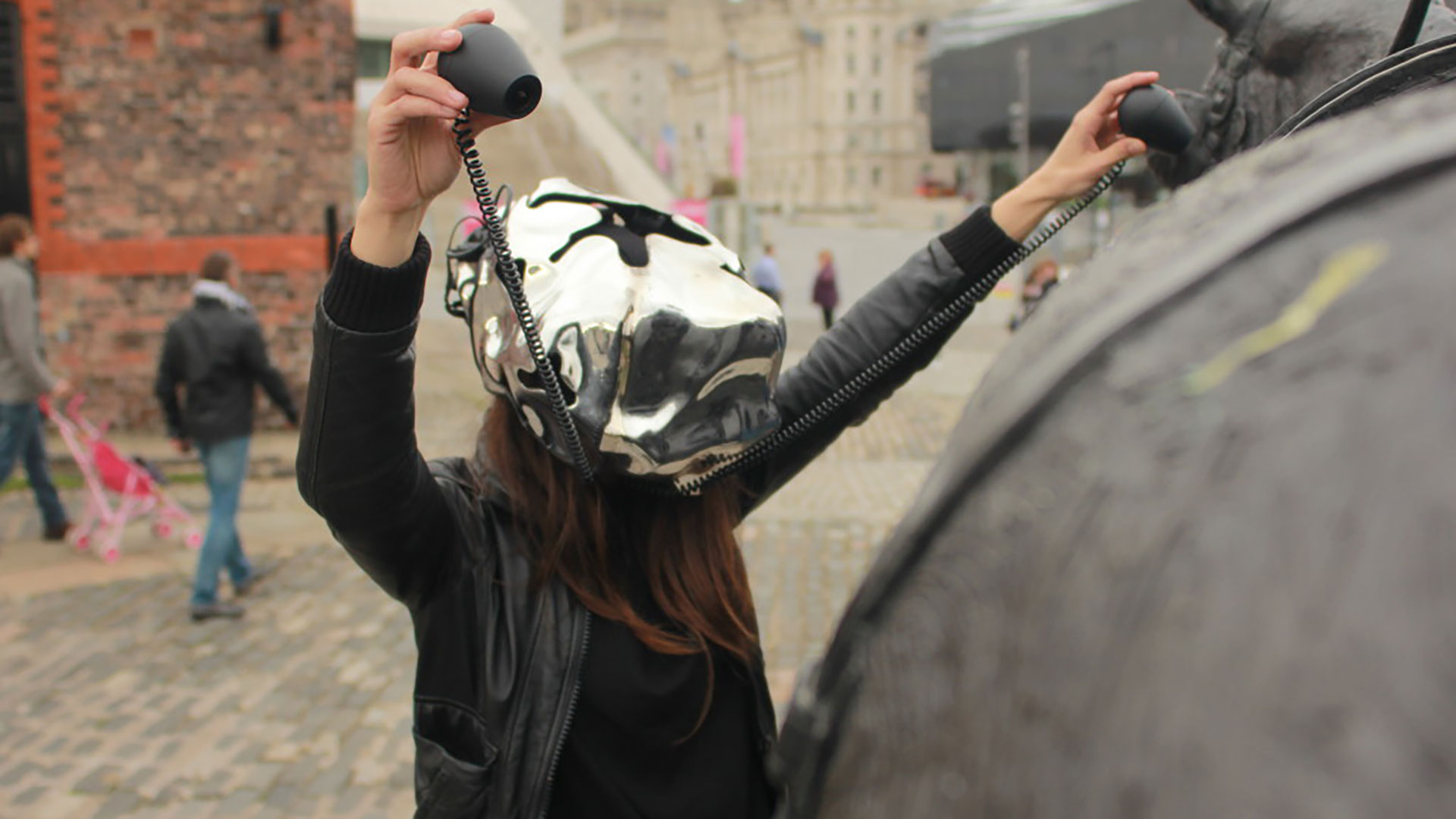
The famous Carne y Arena of the director Alejandro González Iñárritu, which in 2017 was hosted by Fondazione Prada in Milan, it includes the visitor in a simulation of the story, really happened, of a group of refugees trying to cross the border between the United States and Mexico. The body of the user is visually stimulated, the sound is atipycal as well as the room itself. In fact, while experiencing the VR, the floor had been covered by send and the viewer was invited to walk barefoot. The sensorial information is not an end in itself, but asks the viewer an effort such that he is involved in the events he observes. The uncertain condition of immigrants, considered illegal, is literally lived on his own skin, leading to intense levels of empathy and understanding of a situation extraneous to us, putting ourselves in the shoes of the other.
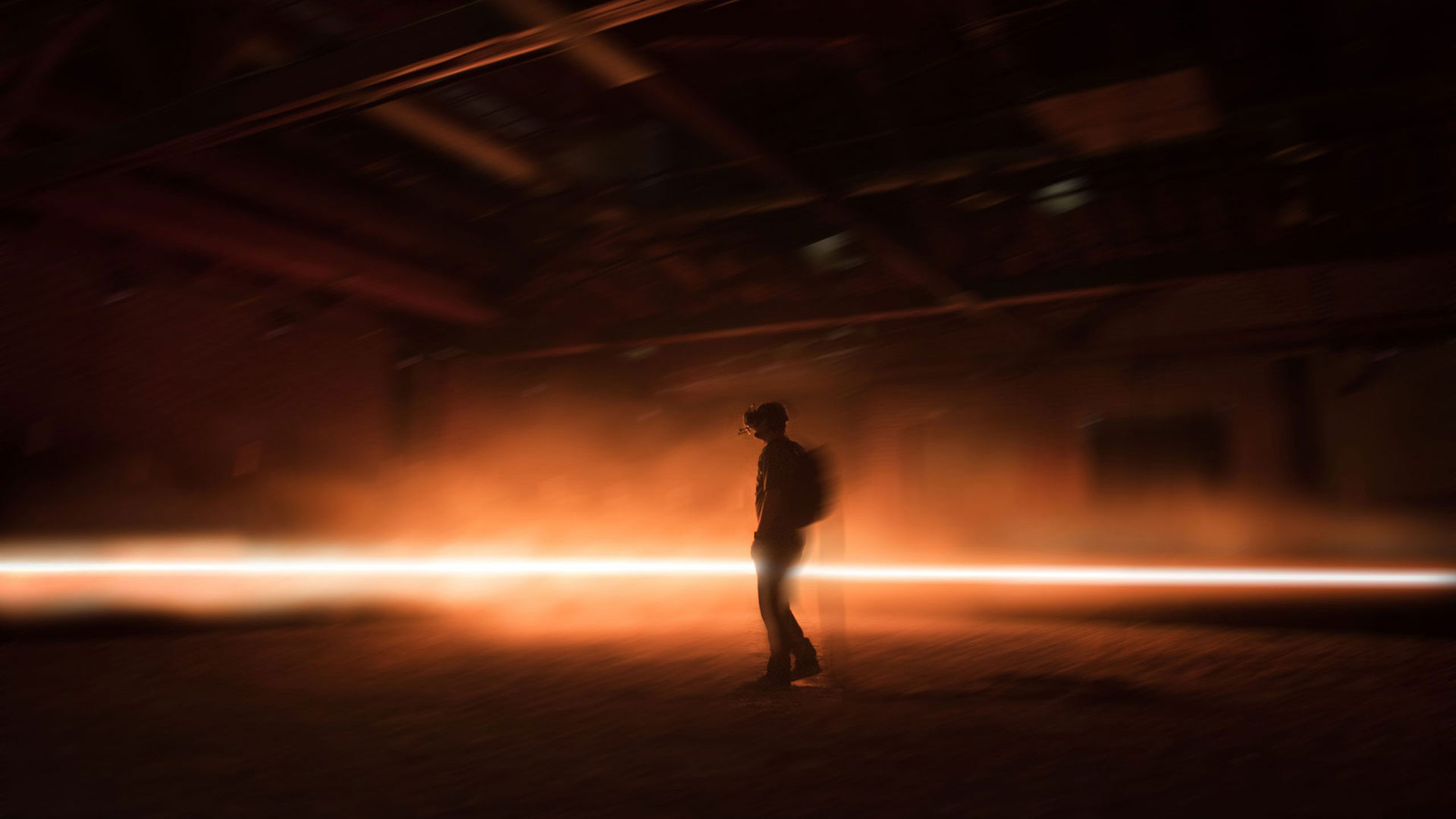
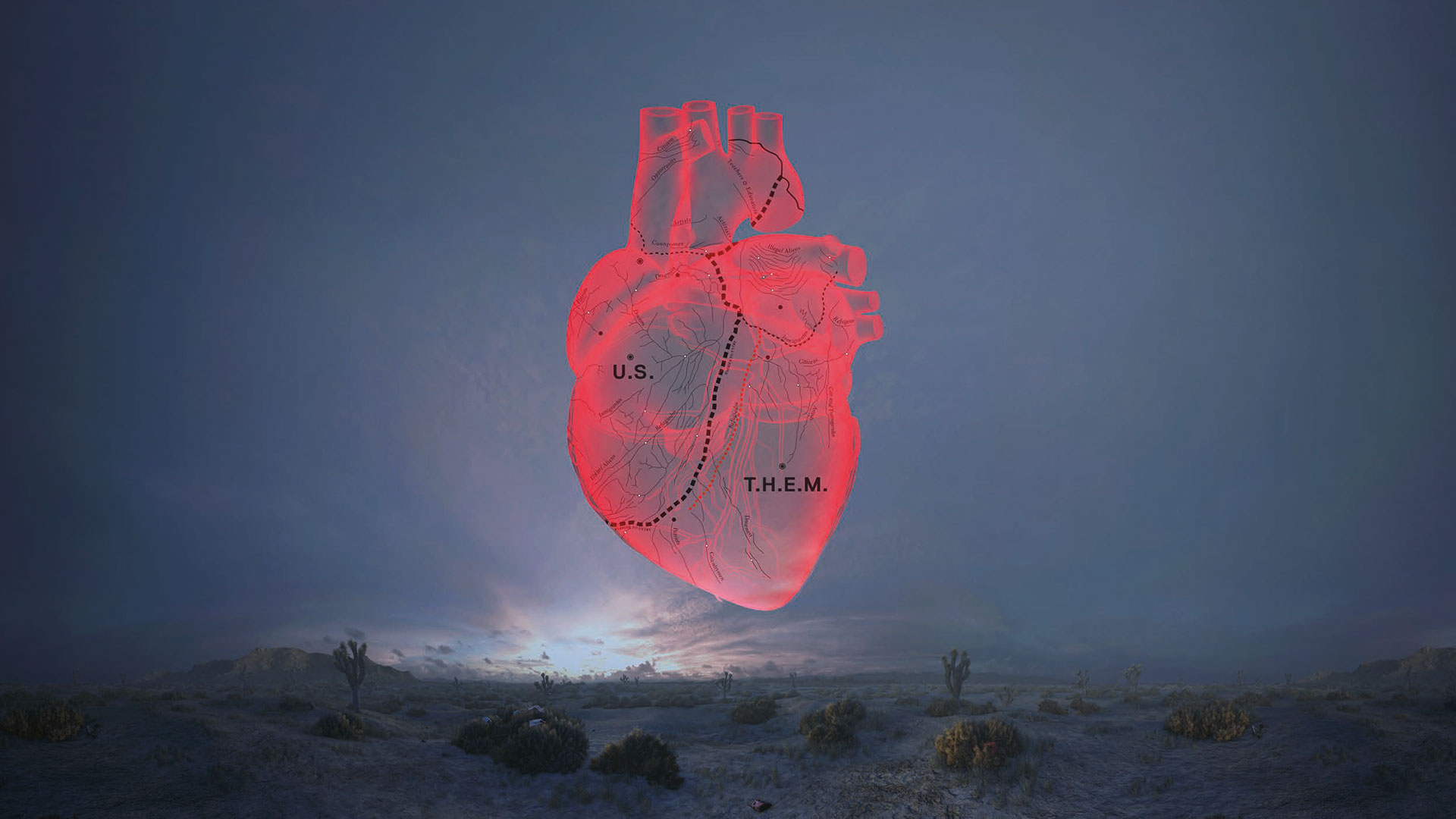
Lawrence Lek with Farsight Freeport, presented at Hek – Haus der elektronischen Künste- of Basel, doesn’t just create an immersive environment through video installations, video games and VR projections. Farsight Corporation, a technologic start-up founded by the artist in 2018, is the client of the architectural project which renovated the original space: a customs warehouse. Inside, Lek stages a retrospective of his own work in 2065, thinkinf about the dialogue between human and technology, about the real dimention and the virtual one.
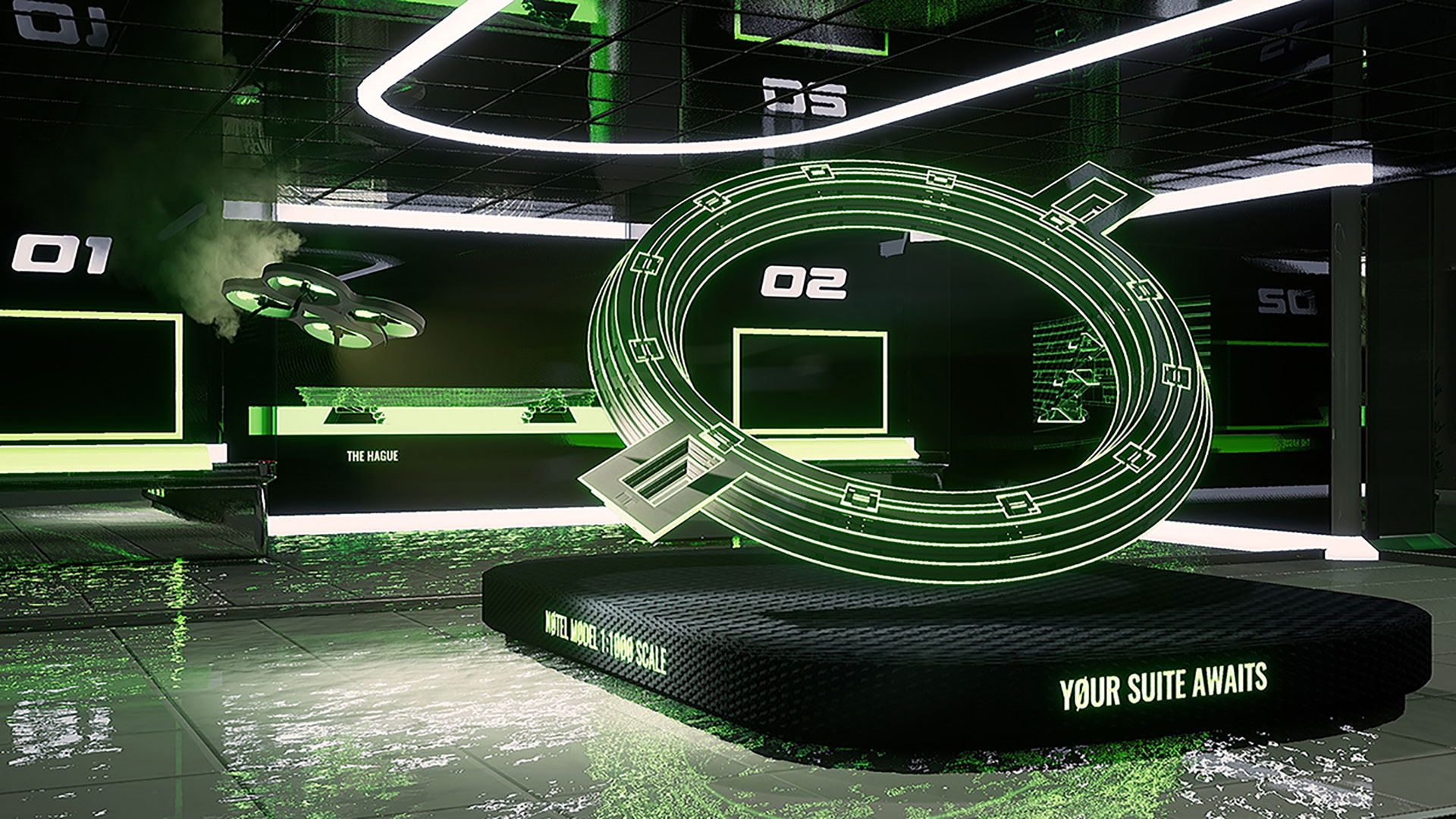
In 2019 Rachel Rossin inaugurates Stalking the Trace at the Zabludowicz Collection in London. The artist presentss a multi-user interaction of The Sky is a Gap, a work dated 2017, though which he investigate and analize the notions of time and space.
In an era in which man has developed a strong desire to control his own present, Rossin’s installation allows us to experiment the sensation of ruling the past and future. Contiguous projections of the explosion of the domestic, technological and military world take the galley walls’ place. Synchronized with sound and stage effects, their duration is modified by the movements of the viewer. The public follow pre-established routes and, wearing VR headsets, determines the narration of the scenes which are a visual allusion the ending of Michelangelo Antonioni’s film Zabriskie Point.
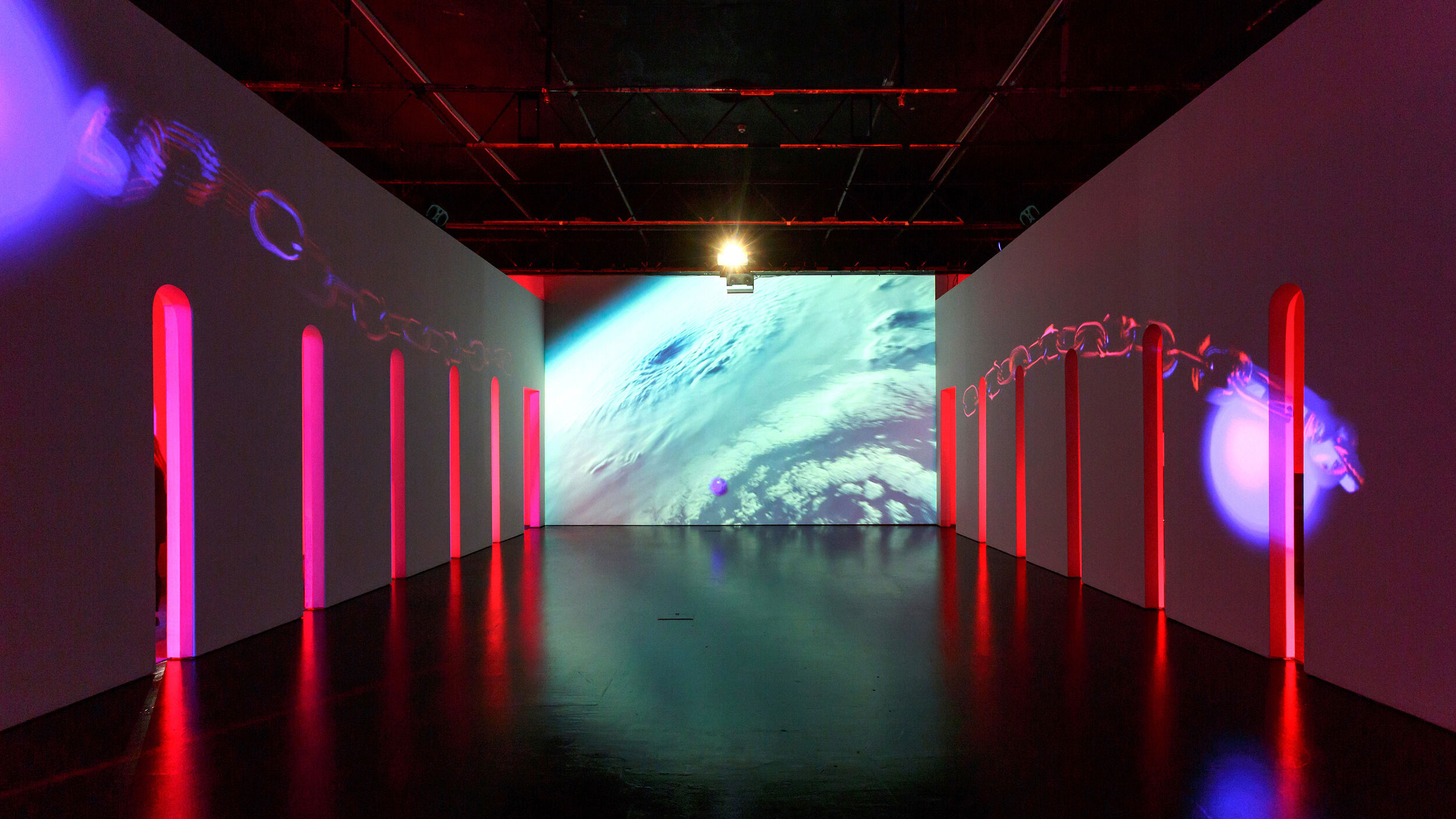

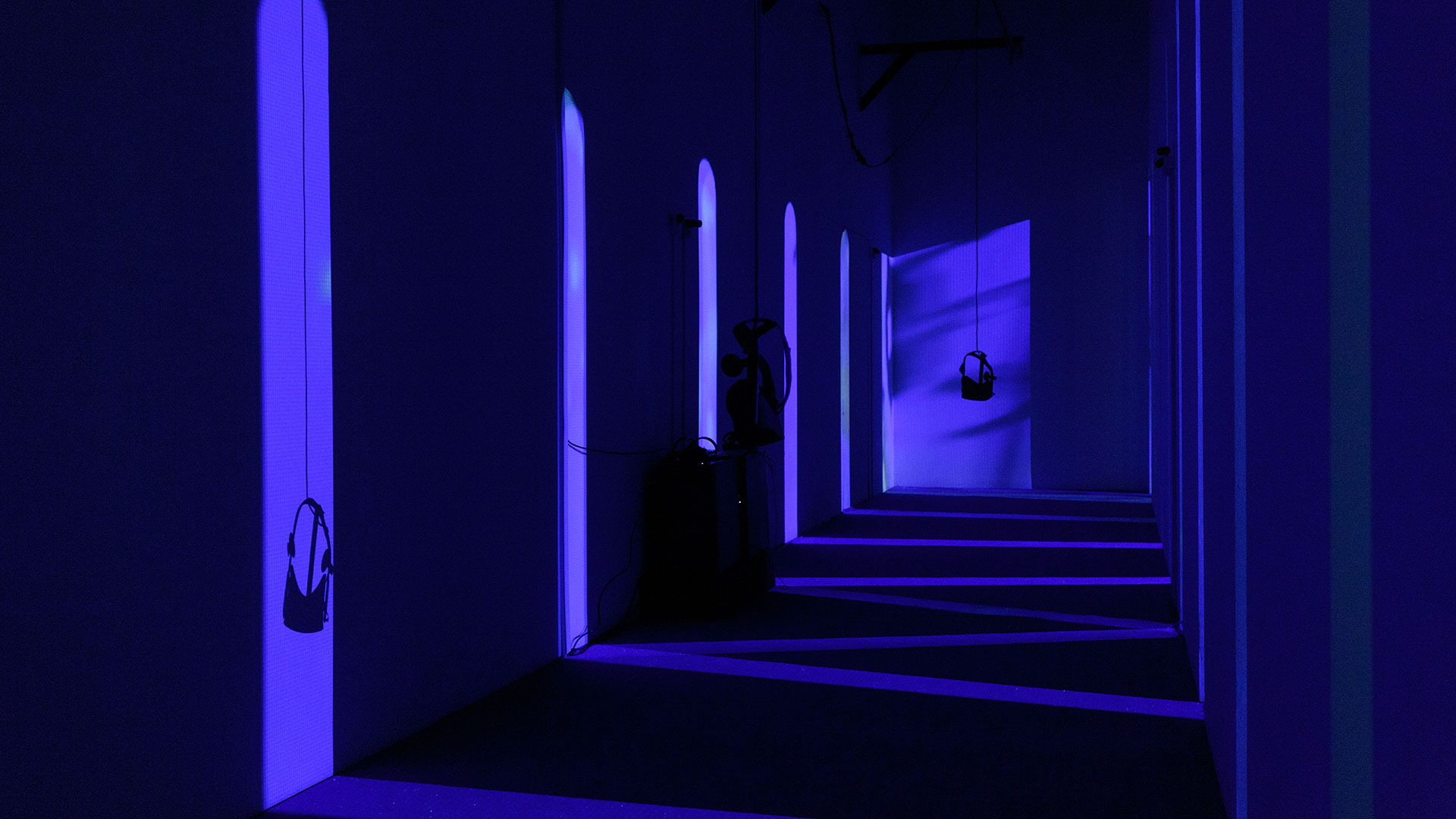
Bibliography
Lanier Jaron, Dawn of the New Everything: A Journey through Virtual Reality, Bodley Head, London, 2017.
Riva Giuseppe e Gaggioli Andrea, Realtà virtuali. Gli aspetti psicologici delle tecnologie simulative e il loro impatto sull’esperienza umana, Giunti, Firenze, 2019.
Rizzolatti Giovanni e Sinigaglia Corrado, So quel che fai. Il cervello che agisce e i neuroni specchio, Raffaello Cortina, Milano, 2006.